Contractor De Heer Land en Water removed sludge from ponds and ditches in a park in Leiden. They used long pressure pipes to pump the sludge into a ship; this ship could then be used to transport the sludge to its final destination. However, the sludge first had to be dewatered… Ton Broeders from Promeco was deployed and is pleased with the outcome. “This was a nice project with a short preparation time. We were able to quickly help the client.”
Allowing the sludge to optimally settle
Since a great deal of water is required for the pipe transport, there was a risk of the ship filling up full with thin slurry within a few hours. Solution: using the correct method of dewatering, so that only stabilised sludge remains before it is transported. Promeco was engaged to optimally dose flocculant into the dredging pipe so that the sludge quickly settled in the ship. What is the cleverest way of going about this? By not only measuring the flow rate, but also the dry solids passing through the pipe. Ton Broeders: “Most of the transport water could be returned as clear water to the receiving water. Here, we dewatered as much as 450 cubic metres per hour: a considerable flow rate.”
Discharge box
By dosing flocculant into the pipe, sludge flocks are produced. However, you have to be careful: a flock may not be allowed to transform into several particles since this will cause the sludge to settle more slowly. The objective is to absorb the turbulence so that you slow down the sludge flow. We developed a discharge box especially for this project, which we used to absorb the fall energy of the water.
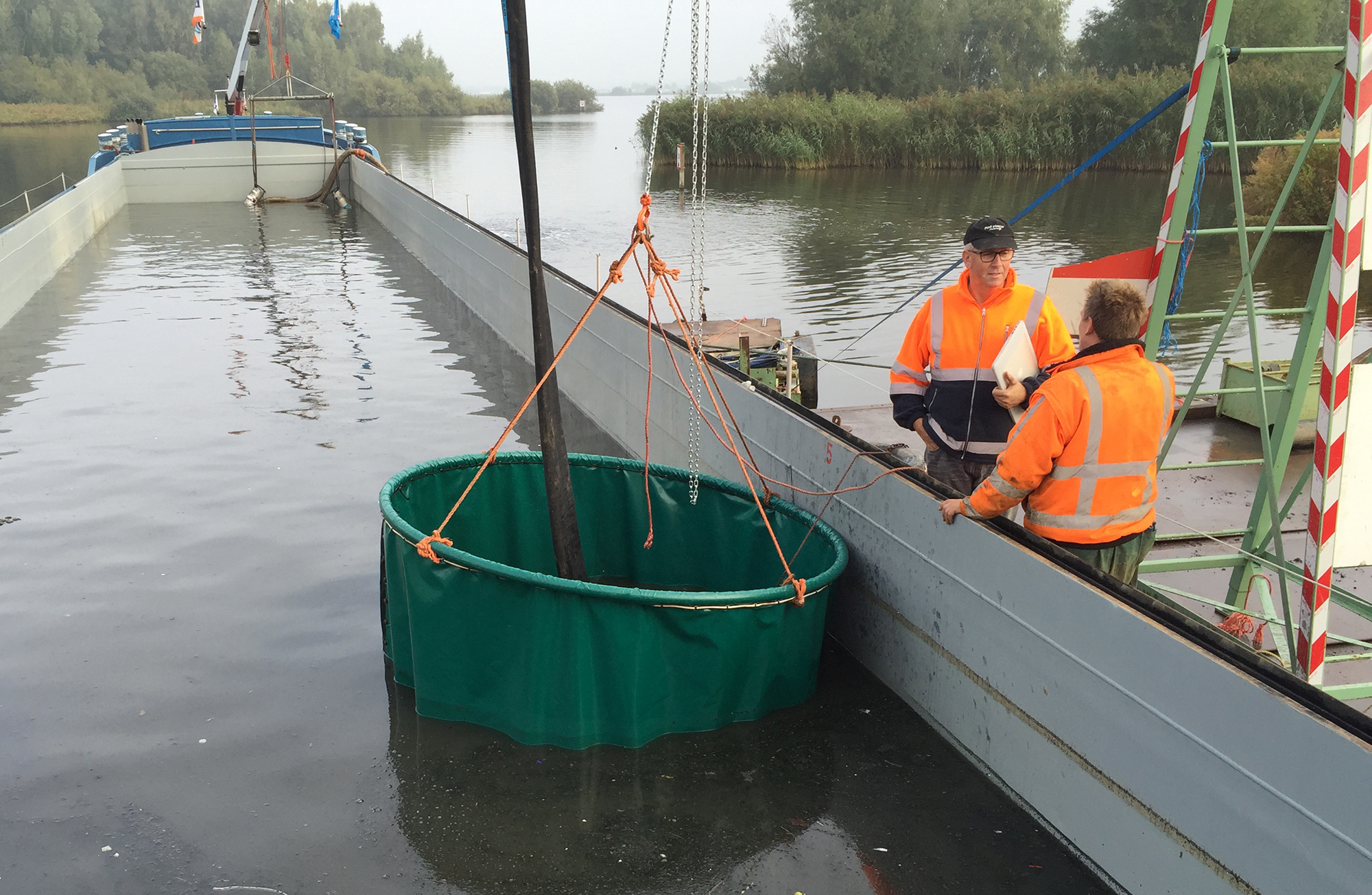
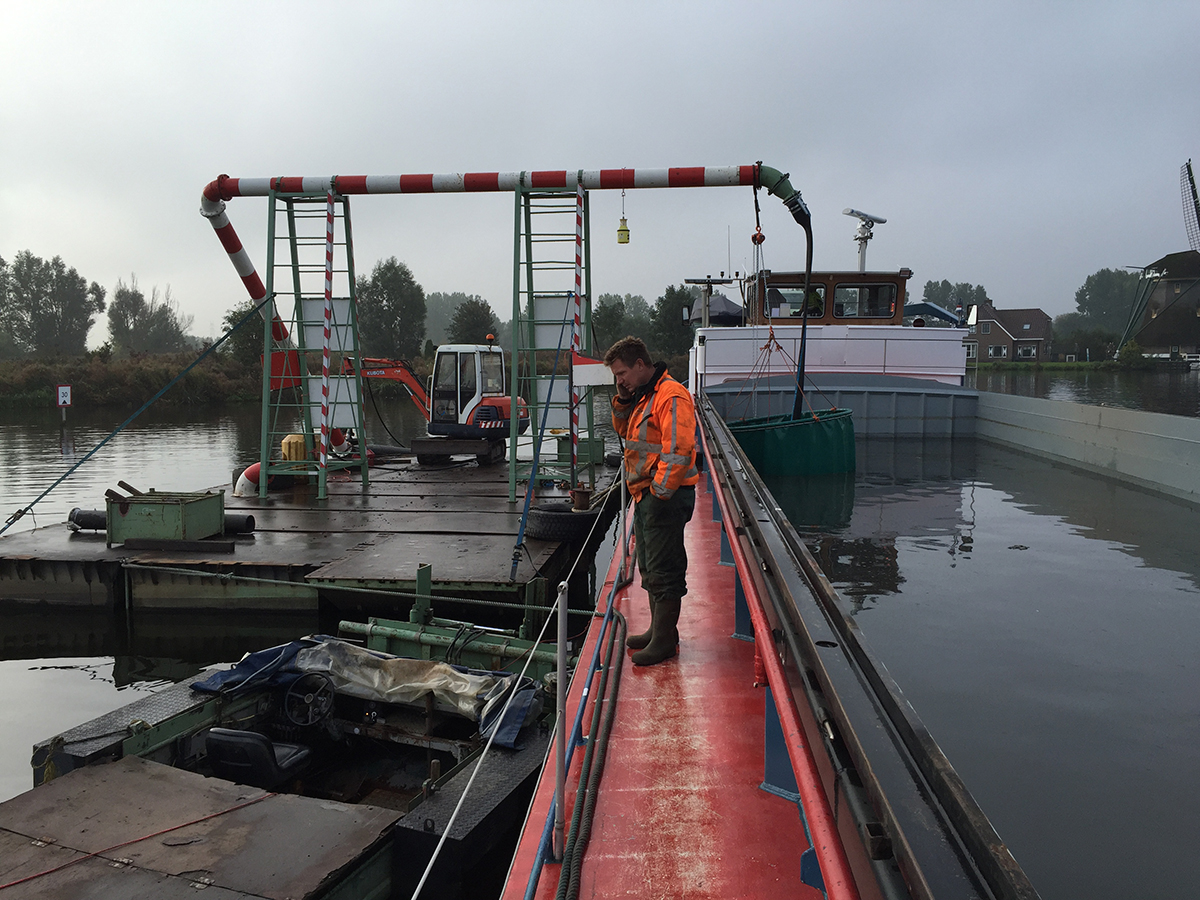
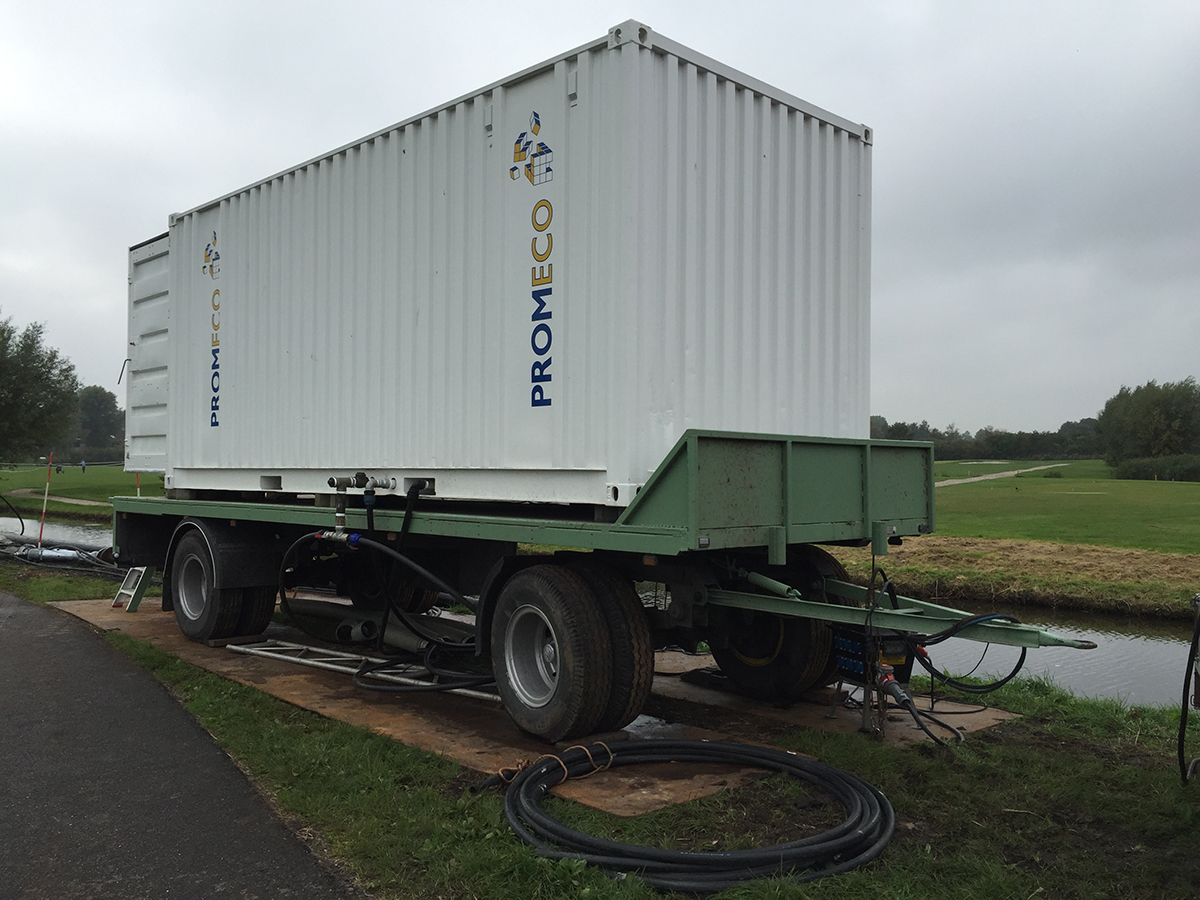
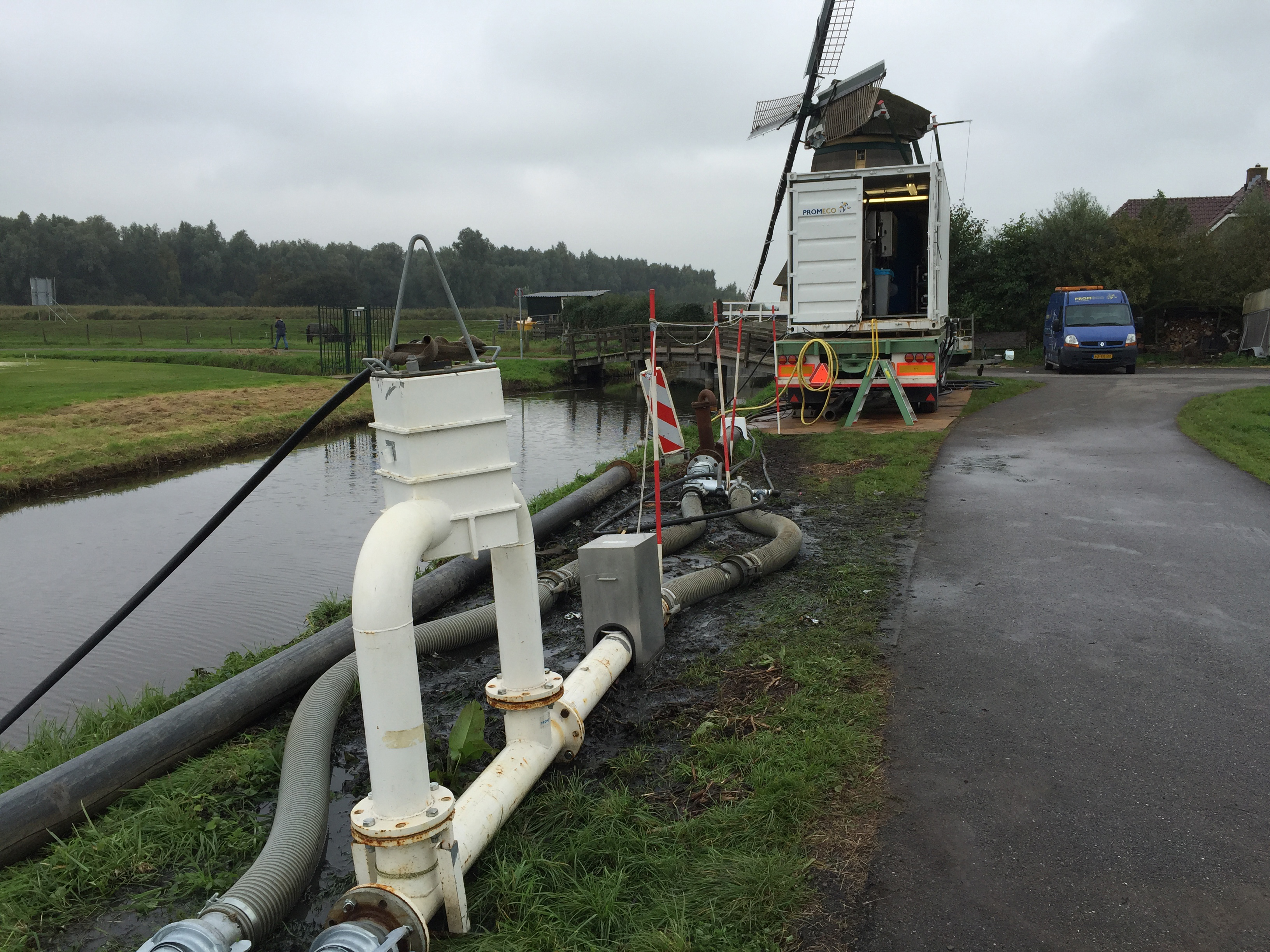
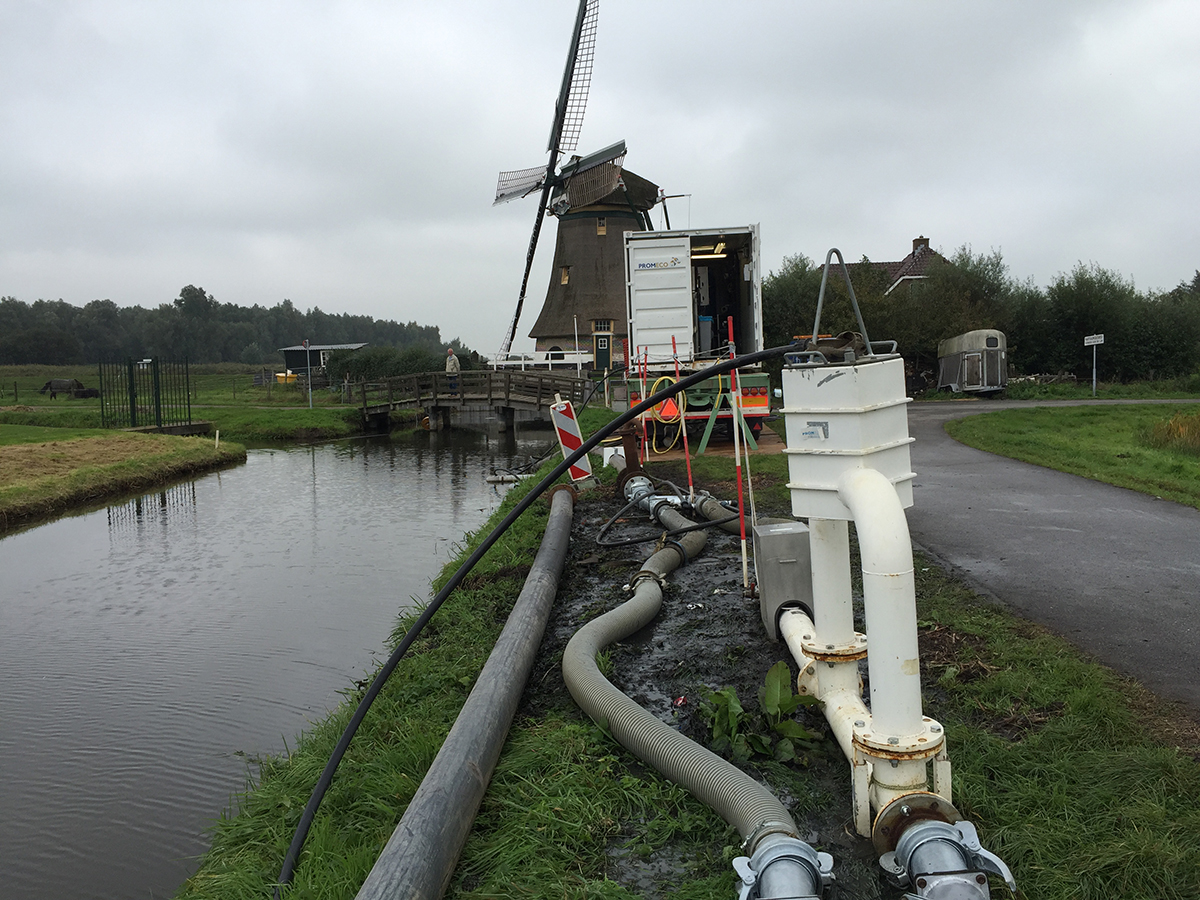

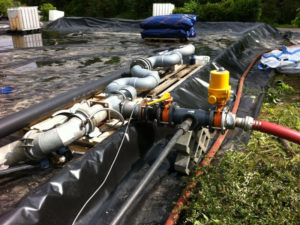
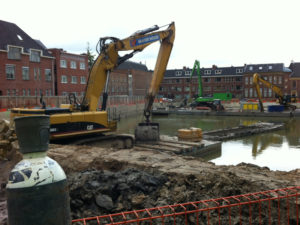
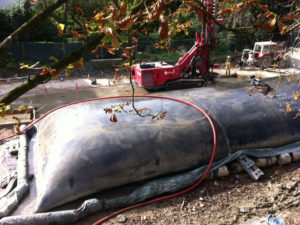
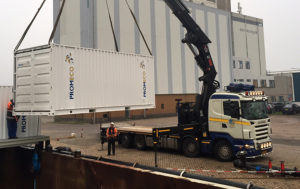
No comment yet, add your voice below!